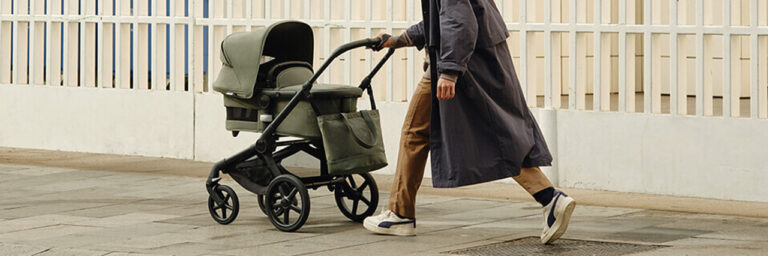
as published by GfK in September 2025 Progressive Preschool
The Total Baby Care market’s results as of July 2025 remains stable compared to the same period in 2024. Market value between January and July dropped 2.1%, and price declined by 3.5% compared to 2024. Volume, on the other hand, has enjoyed a 1.5% growth suggesting that consumers may be shifting to lower price points or purchasing more during a promotional events.
The market continues to move online as value spent here grew by 0.7%, while physical retail value fell by 6.7%. As a result, digital channels are becoming the preferred place for consumers to make purchases, with 53% of total Baby Care spend from January to July 2025 spent via e-commerce platforms. Part of this switch to online spending could be driven by price, as the average price online dropped by 4.4% while bricks-and-mortar prices rose by 5%.
Many of the products that comprise Total Baby Care exhibit a similar trend to the overall market, with sales remaining stable year on the year. However, one product that is experiencing the opposite trend after a few years of recovery is Strollers.
STROLLER PERFORMANCE
After a few years of recovery following the steep downturns during the pandemic years of 2020 and 2021, Stroller’s trajectory in 2025 has dipped. The value spent between January and July 2025 decreased by 3.1% from 2024, while volume has fallen 8.7% versus 2024. While value and volume have fallen, the average price paid has increased by 6.1%. This rise in spending is not solely the result of price inflation, but also reflects a shift by consumers toward more premium brands. The volume sold by affordable entry level brands decreased by 20% from January to July, while the volume sold by premium brands grew by 34%.
In line with the total market, consumers are increasingly moving their spending to e-commerce rather than in-store. The value share spent online from January to July was 46% while the volume share was 64%. This share continues to increase as offline growth contracts faster than online growth. The latter experienced reductions of 1% in value and 6% in volume; however, traditional retail sales fell by 5% in value and 13% in volume.
When examining strollers by type, the most significant drop is in the largest volume segment, buggies. We define a buggy as a stroller with a fixed seat for infants that allows them to sit upright, but cannot be switched to a different seat type. Buggies account for 49% of the volume sold for strollers, but have experienced a 13% dip in value and a 12% drop in volume since 2024. One driver is that demand and spending are shifting to other platforms and alternative methods of purchasing. There may be more sales through marketplaces and on second-hand sites, as well as via manufacturer’s direct to consumer stores. Spend could also be moving towards different types of strollers, for instance Travel Systems.
A market segment that has seen an increase in both value and volume is Travel Systems with at least two additional attachments. Travel Systems or strollers that allow you to switch the main seat for other attachments, such as a bassinet or car seat. This segment has grown 29% in value and 11% in volume, suggesting that savvy consumers are looking to buy models that can grow with their child.
WHAT THE FUTURE BRINGS
The online market for both Total Baby Care and Strollers will continue to be challenged by the Chinese marketplaces. Consumers are increasingly looking to buy products with longer life cycles and are willing to trade up to premium price points and brands. As a result, we expect to see short term effects on the affordable / entry-level end of the market. Longer term impacts will include the second-hand market having the potential to divert sales, with people opting for pre-loved, high-quality models.
We are grateful to GfK for this research.
